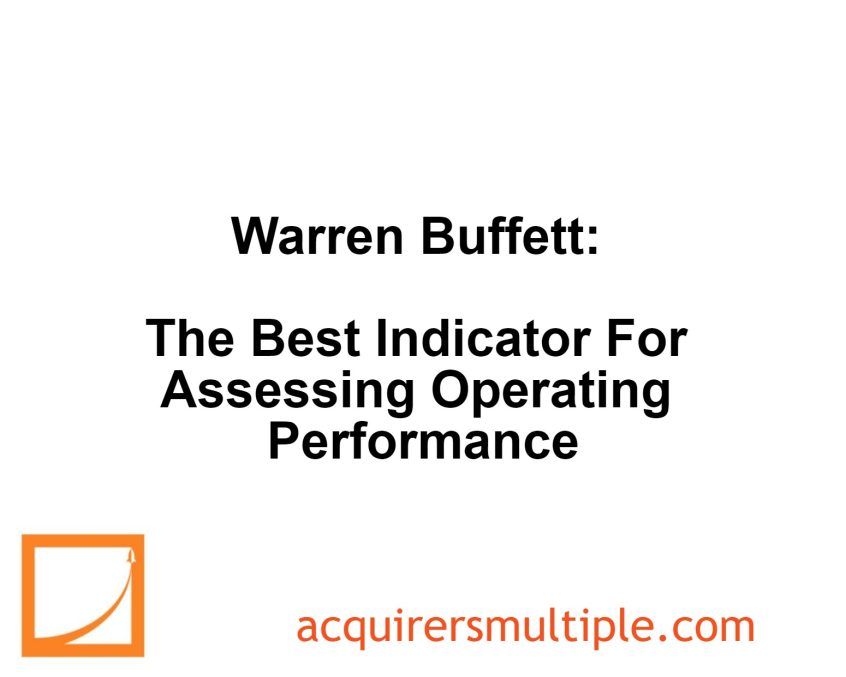In his 1979 Berkshire Hathaway Annual Letter, Warren Buffett explained why the most appropriate way to measure annual operating performance is by the ratio of operating earnings to shareholders’ equity, valuing securities at cost.
Using market value can distort performance due to fluctuations in securities’ market values. In 1979, Berkshire’s operating earnings were 18.6% of beginning net worth, lower than 1978. Despite a 20% increase in earnings per share, this metric is misleading as it can rise even without effective capital utilization.
Buffett also discussed why the key measure of managerial performance is a high earnings rate on equity capital, not consistent earnings per share gains, which can be deceptive.
Here’s an excerpt from the letter:
We continue to feel that the ratio of operating earnings (before securities gains or losses) to shareholders’ equity with all securities valued at cost is the most appropriate way to measure any single year’s operating performance.
Measuring such results against shareholders’ equity with securities valued at market could significantly distort the operating performance percentage because of wide year-to-year market value changes in the net worth figure that serves as the denominator.
For example, a large decline in securities values could result in a very low “market value” net worth that, in turn, could cause mediocre operating earnings to look unrealistically good. Alternatively, the more successful that equity investments have been, the larger the net worth base becomes and the poorer the operating performance figure appears. Therefore, we will continue to report operating performance measured against beginning net worth, with securities valued at cost.
On this basis, we had a reasonably good operating performance in 1979—but not quite as good as that of 1978—with operating earnings amounting to 18.6% of beginning net worth. Earnings per share, of course, increased somewhat (about 20%), but we regard this as an improper figure upon which to focus.
We had substantially more capital to work with in 1979 than in 1978, and our performance in utilizing that capital fell short of the earlier year, even though per-share earnings rose. “Earnings per share” will rise constantly on a dormant savings account or on a U.S. Savings Bond bearing a fixed rate of return simply because “earnings” (the stated interest rate) are continuously plowed back and added to the capital base.
Thus, even a “stopped clock” can look like a growth stock if the dividend payout ratio is low.
The primary test of managerial economic performance is the achievement of a high earnings rate on equity capital employed (without undue leverage, accounting gimmickry, etc.) and not the achievement of consistent gains in earnings per share.
In our view, many businesses would be better understood by their shareholder owners, as well as the general public, if managements and financial analysts modified the primary emphasis they place upon earnings per share, and upon yearly changes in that figure.
You can read the entire letter here:
1979 Berkshire Hathaway Annual Letter
For all the latest news and podcasts, join our free newsletter here.
Don’t forget to check out our FREE Large Cap 1000 – Stock Screener, here at The Acquirer’s Multiple:




One Comment on “Warren Buffett: The Best Indicator For Assessing Operating Performance”
And that is the genius of WB. He quantitively peels back the bathing suit to reveal the good stuff